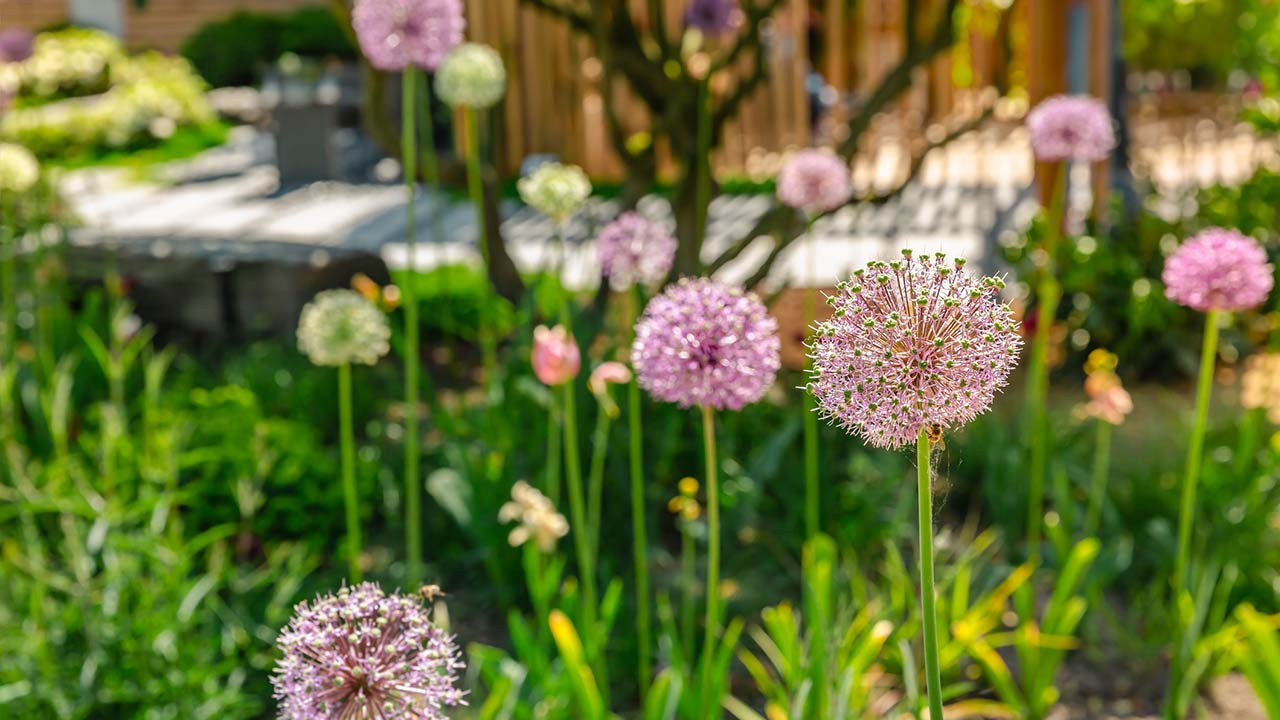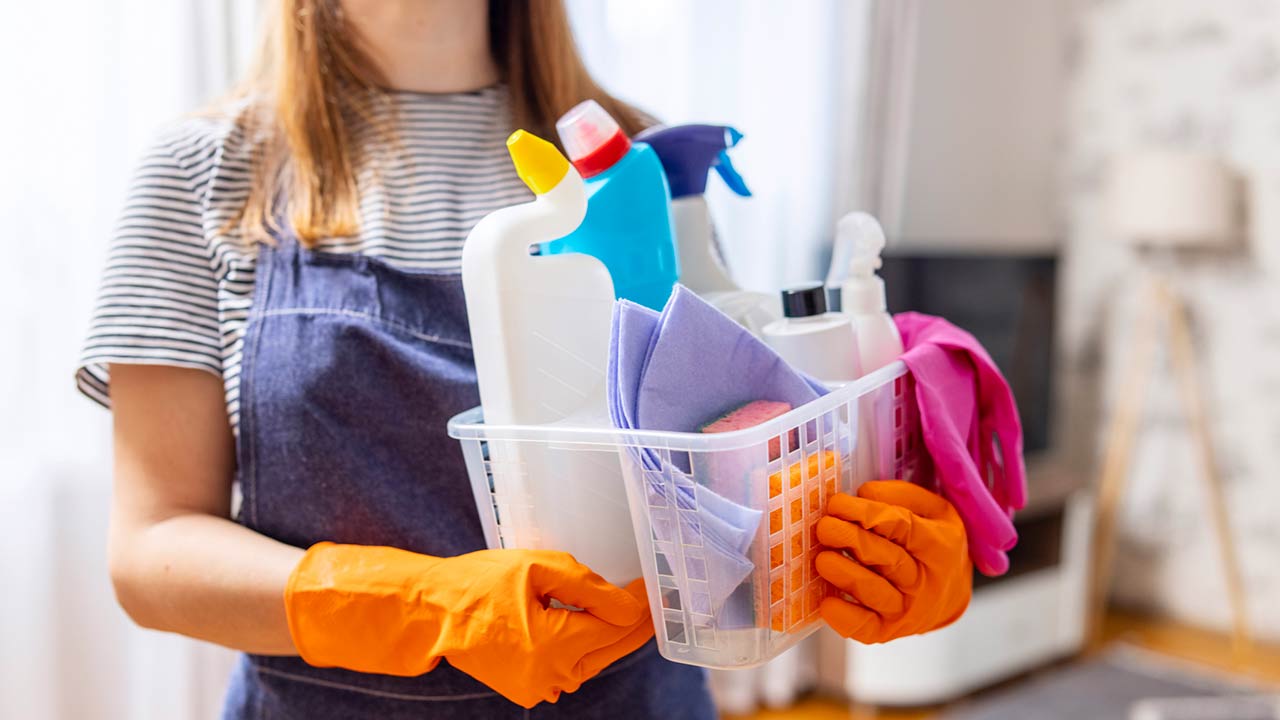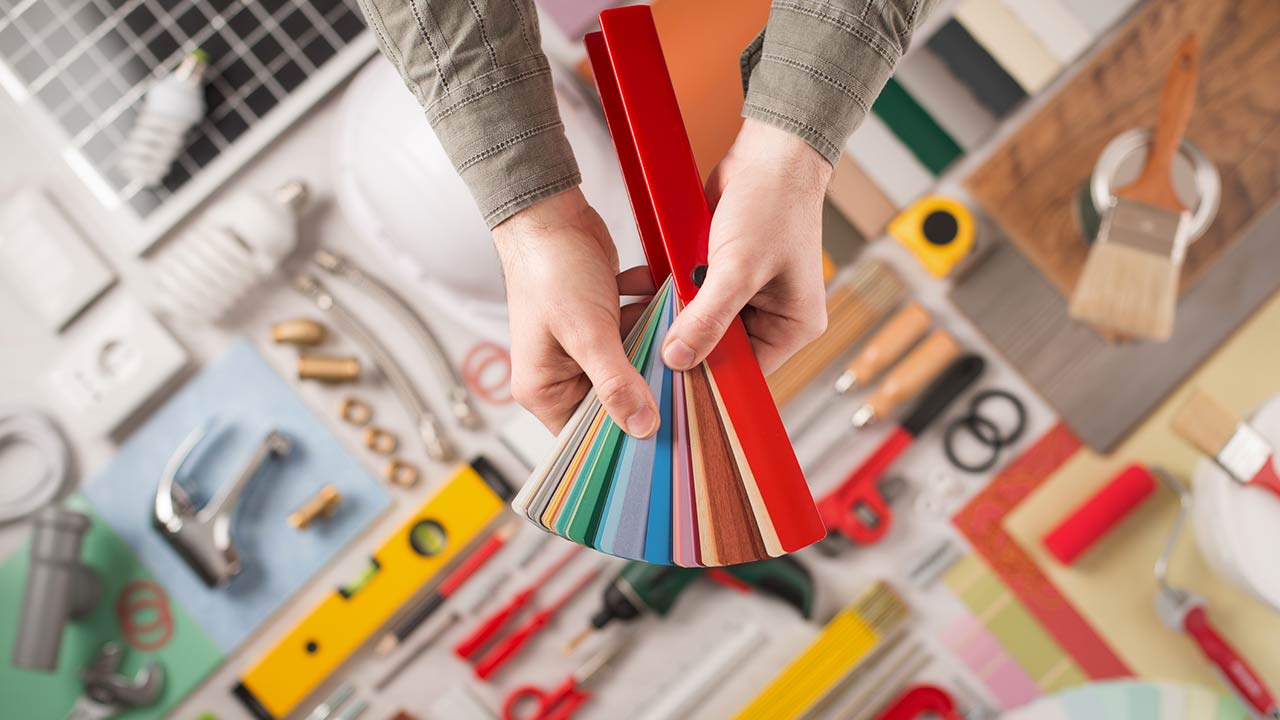Six Ideal Ways to Save on Home Heating
It may have been the warmest autumn on record for most parts of the country, but winter is (still) coming. In Southern California alone, the average cost of gas for a small home is at least around $1.50 a day. And that’s for the southern half of the United States where total heating costs and requirements are obviously lower. In the northern half of the U.S., overall home heating costs can be much higher, but taking steps to maximize energy efficiency yields more dramatic savings for homeowners. So, while the price of propane may be dropping as winter approaches, the price of natural gas – the home heating method used by a majority of Americans – is actually going up and up. Every day that homeowners can save money and resources starting today, the better!
1. Leaky Houses
So first and foremost, address your Leaky House problems. Yes, not only do old faucets leak, but whole houses leak, causing lots and lots of energy inefficiency in your home. Doors leak, windows leak, and without proper insulation, walls leak, but first make sure your heating system itself isn’t leaking. This is the first line of defense, and you can attack this common home heating problem to improve your overall home heating, cure cold rooms, and deny drafty floors in wintertime.
Do a DIY home air inspection, anywhere air can go that’s not through a duct or vent into your bedroom or den is lost. If you have an older home, or exposed ducts somewhere (new homes most likely have ducts insulated in walls, etc), you can look, listen, or (carefully) feel for lost air at joints along your duct lines in crawl spaces, basements, or attics. If you find a leak, for the more intermediate DIYer, try sealing it up using mastic, preferably in a DIY-friendly tube of duct sealant, or get a bucket of it at any hardware store and smear it on for zero air leaks. Here’s a no-fuss, no-muss video about fixing leaky ducts.
And for new homeowners or beginning DIYers, think seal & insulate, draft protectors, anything to plug those leaks. Cover those windows, the gaping holes in any home heating system (see item #3). There are tons of insulated window treatments on the market, some of them even attractive. Leaks are your biggest problem, so start thinking about heat flow. According to Energy Star, “If you add up all the leaks, holes, and gaps in a typical home…, it would be the equivalent of having a window open every day of the year!”

2. Filter, filter, filter.
A clean filter, whether in a modern forced air or even an old fashioned steam radiator, will have a helpful effect on your wallet and a cozying effect on your home. The more you filter, the better. You can wipe filters out with a damp rag using a vinegar-water solution, or boil the whole thing in vinegar-water to dissolve cakiness. Or, if it’s really too far gone, just replace it. During the cold winter months, you really can’t check often enough to maintain heating efficiency and cost savings – even checking more than once a month. It’s a hugely easy and inexpensive way to help your home keep you warm.
3. Your energy achilles heel?
Now we get into the big guns: replacing and upgrading your windows. Old, ill-fitting windows leak around the edges at an astounding rate, but in addition, their heat loss through the glass itself will be much higher than a modern double-pane or triple-pane insulated window. New products are always coming out on the market but as of now, the most efficient windows can usually be found at the top of the Energy Star ratings list.
To qualify for an Energy Star rating, a given window model must have a U-factor of 0.20 or lower – the lower the U-factor, the better the window’s resistance to heat loss. Some even go as low as 0.13. Replacing older windows, especially single pane, with one of these new models will make the whole house instantly cozier.
Attention Advanced DIYers: for something super new-fangled, you can replace windows with a polycarbonate architectural element which has double the heat-retaining efficiency of glass. You can bet they’re pretty weather and earthquake-proof, too.
4. New furnace or new floor
Radiant floor heating is a great way to go (perhaps the greatest) in terms of home heating. It warms the materials (and air) of your home more efficiently, distributes the heat evenly and puts it more where you want it to be. (Near you, not bunched up at the ceiling.) It’s sort of the Cadillac. Unfortunately, most homes can’t retrofit for it without a massive remodel or a super crafty installer who’s super expensive. If you’re rebuilding from scratch, do it! Otherwise, if you can, replace that old furnace with a brand new model and watch your monthly heating bill drop, drop, drop. For that lower half of the U.S., installing an Energy Star Furnace will save you at least 12% on your yearly energy costs, while those homeowners in northern climes can expect to save up to 16%. Plus rebates! Check out what ENERGY STAR is prepared to offer:
Buying a Certified Central Natural Gas Furnace at 95 percent or greater Annual Fuel Utilization Efficiency (AFUE) gets you a $200 rebate
Buying an ENERGY STAR Certified Central Natural Gas Furnace with 92-94 percent AFUE gets you a $150 rebate

5. Programmed for success.
If you have a modern system with a programmable thermostat, bravo! Now make sure you’re really making use of it. Humans get better sleep in the cold (like 60-65 degrees as opposed to room temp), and you’re asleep so you won’t notice. Although you may actually notice that you’re getting more restful sleep, so program that thermostat down during the wee hours of the morning. Ditto if you’re away from the house all day at work.
If you don’t have a programmable thermostat, get one. They can accommodate any system and some are as cheap as the manual versions, so pony up. Most estimates from the EPA and other sources claim a 20% reduction in home heating and cooling simply by using a programmable thermostat. For the average user that will probably translate to about $200 yearly. That’s some real utility cost savings for homeowners.

6. And finally… Tough it out. Seriously.
That’s right, it actually works. And if you’re a new homeowner or you really just want to have a little extra cash in your pocket this year, try these nearly painless and totally free tips:
Bundle up with fleece (it’s very effective at retaining body heat) or wool (even better, but okay, itch factor), drink tea, think warm thoughts, and throw another log on the fire. If it becomes a little bit of a habit, it’s not that onerous. Hang out in the kitchen while cooking is happening, throw some extra blankets on the bed (again wool or fleece are best), and always, always wear socks.
Happy heating!









Leave a Reply
Want to join the discussion?Feel free to contribute!